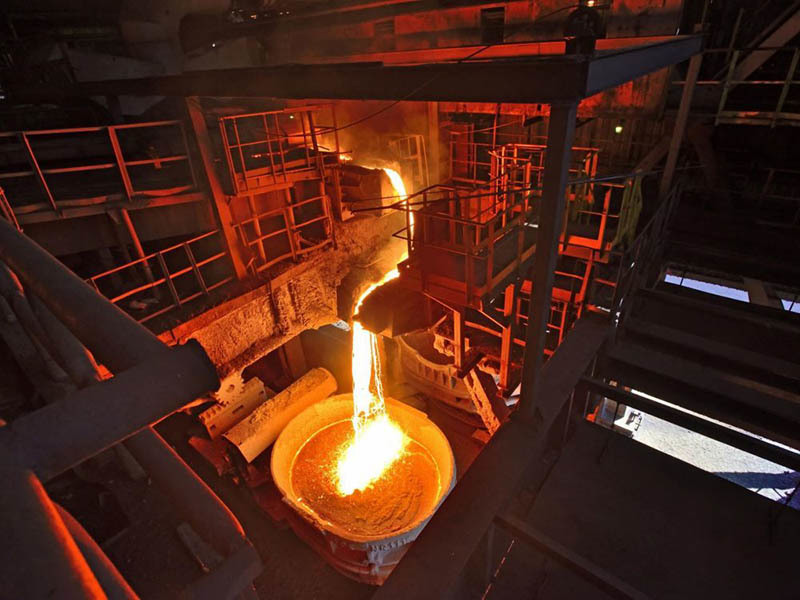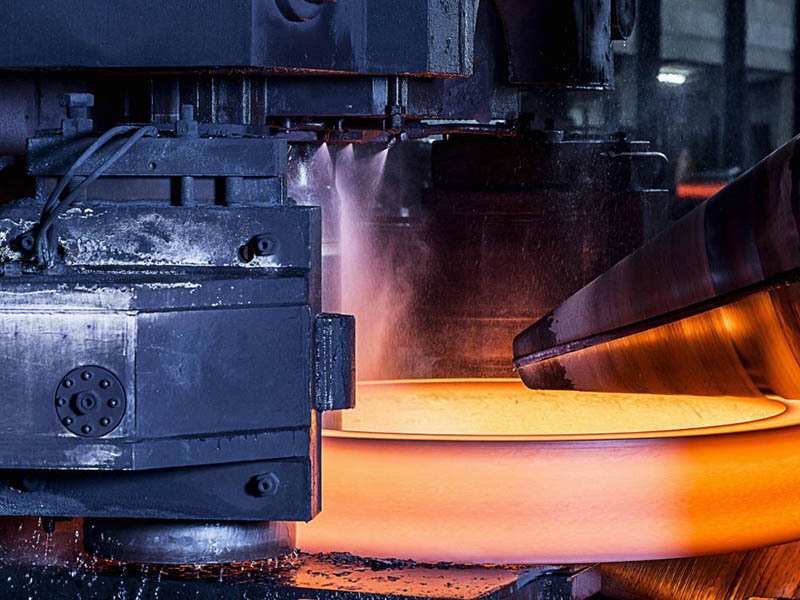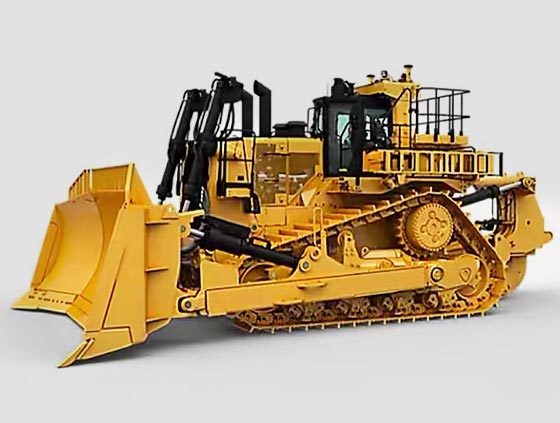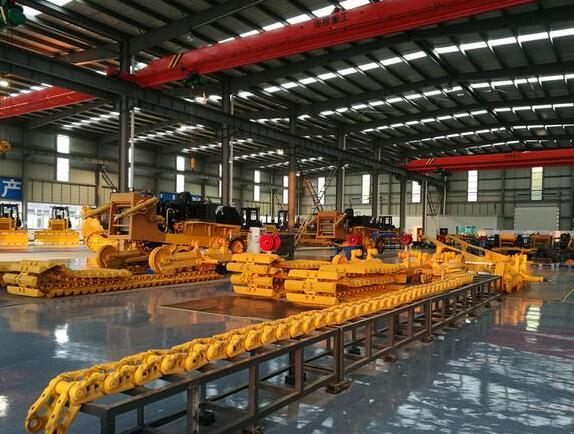The material and manufacturing process of excavator support wheels
Release time:
Dec 03,2024
The main process is casting or forging, mechanical processing, and then heat treatment.
Supporting wheel body material
The material of the supporting wheel body is generally 50Mn, 40Mn2, etc. The main process is casting or forging, mechanical processing, and then heat treatment. The hardness of the wheel surface after quenching should reach HRC45~52 to increase the wear resistance of the wheel surface. The machining accuracy requirements for the supporting wheel axle are relatively high, and generally require CNC machine tools for machining to meet the requirements. The material is mostly 40Mn2, and after processing, it also needs to undergo quenching heat treatment to achieve a hardness of around HRC42.
A. Wheel wear. The reason for this situation is that the steel used is unqualified or the hardness of the material during heat treatment is low, resulting in insufficient wear resistance;
B. Oil leakage. The supporting axle is constantly rotating through the shaft sleeve, and the wheel body needs to be lubricated with oil. However, if the sealing ring is not good, it is easy to cause oil leakage. Without lubrication, the axle and shaft sleeve are easily worn, causing the product to be unusable.
There are several reasons for oil leakage: 1. The floating oil seal is not qualified. 2. The roundness of the product shaft sleeve is insufficient. 3. The glossiness of the supporting shaft is not enough. 4. The gear oil does not meet the standard. 5. The machining dimension tolerance problem, etc., can all cause oil leakage from the supporting wheel.
The problem of supporting wheels produced by domestic manufacturers
1. Many steel grades are not up to standard, and the heat treatment process has not been fully utilized.
2. Malignant competition in the market has led to cutting corners and materials in several important structures of the product, such as reducing the diameter of the wheel body, thinning the support shaft, shortening the length of the copper sleeve, and so on
The decrease in the diameter of the wheel body results in an increase in the linear speed of the wheel, and the more friction the shaft sleeve bears. The same principle applies to the thinning of the support shaft, as it may not withstand enough impact force, resulting in deformation or breakage of the shaft. The copper sleeve plays a frictional role, and the copper layer must be rolled and tied before it is easy to fall off. Normally, a copper layer of 0.35mm or more is required to meet the standard. Reducing the length of the copper sleeve and supporting the weight wheel loses its purpose, and reducing the length is equivalent to reducing the force area.
So solving these shortcomings of the product, domestic products have significant advantages over foreign products.






